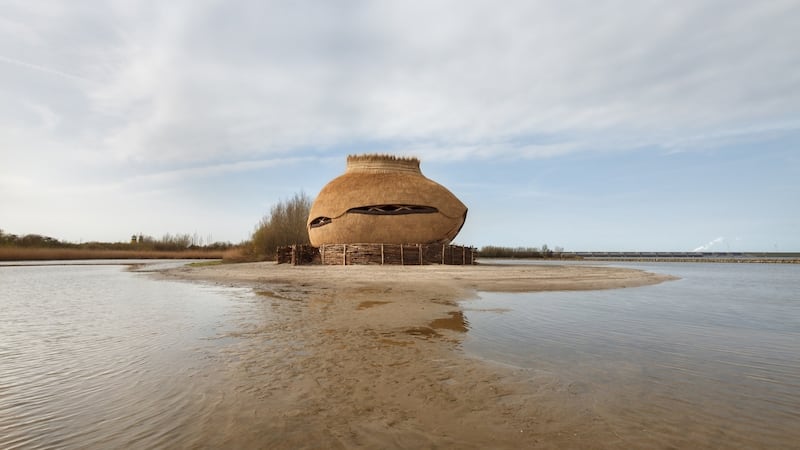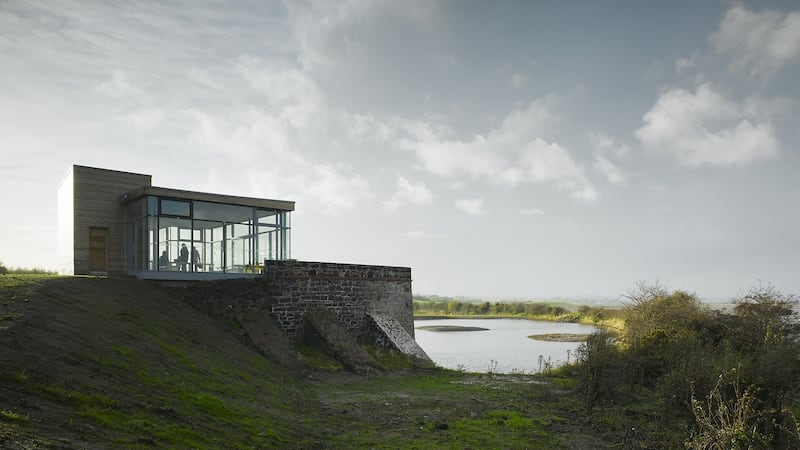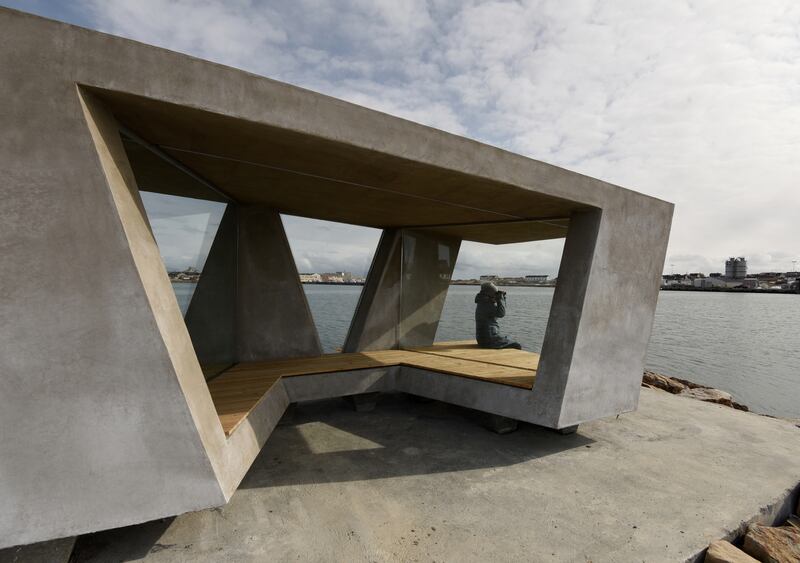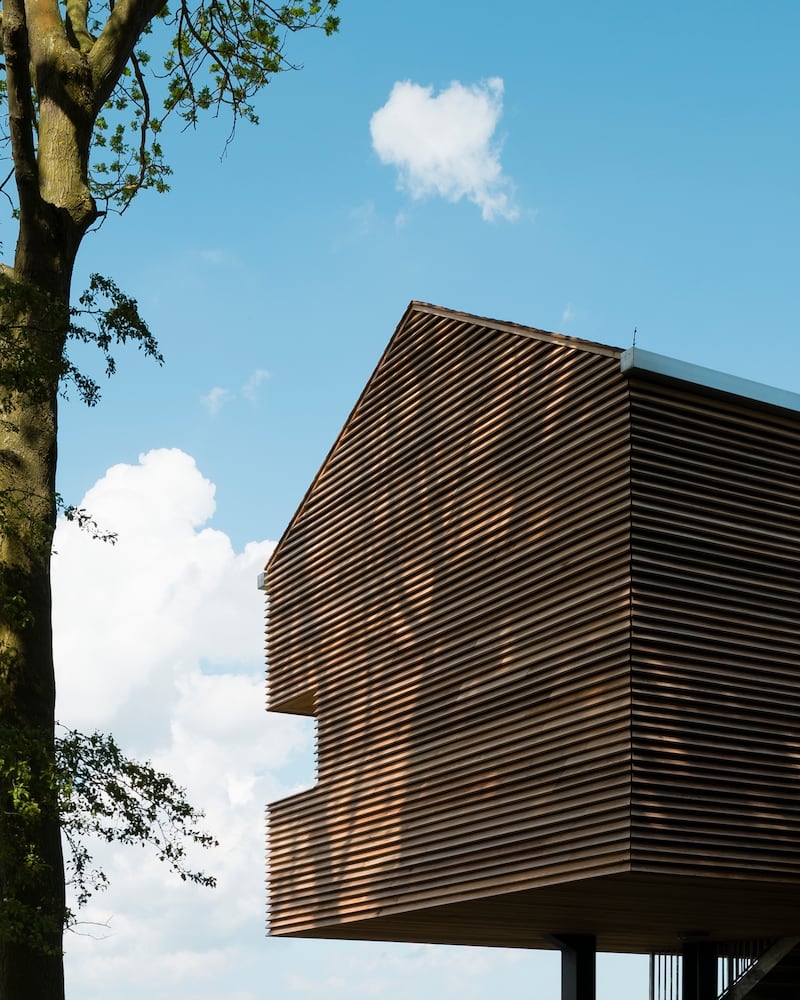Birdwatching is back in focus for its calming effect on people, says Niall Hatch of Birdwatch Ireland whose website saw a 350 per cent increase in traffic during lockdown.
Even before lockdown a lot of us have been suffering from what is termed nature deficit disorder, that human behaviour many suffer from lack of access to outdoor space, a concept coined by author Richard Louv in his best-selling book, Last Child in the Woods. Louv believes birding is a way every section of society can boost its vitamin N, vitamin nature, the title of another of his books.
Along with its new-found popularity the activity is now termed “birding” rather than “birdwatching”, “because a lot of what you do is listening, using your ears, rather than watching”, Hatch explains.
For beginners, a pair of binoculars will open up a whole new world where you can immerse yourself in nature from the kitchen windowsill. “Birds will tolerate being observed as long as we remain inside the house,” Hatch says.


There are also various kinds of bird watchers, Hatch says. “The garden variety may already be feeding his local birds and may even have installed nest boxes in the space outside his home. The travelling kind journeys to nature reserves and biospheres to get a closer look and then there are twitchers, whose holy grail is rare birds. These even sign up to subscription services to get intel on rare sightings in his area.”
And it is this demographic that is getting architectural practices to flex their design muscles, to create easy to access hides that are often commissioned by local councils or organisations.
One of the Irish practices that has done interesting work here is Mick Haslam of Dublin 8 based Haslam & Co Architects who designed several buildings at Castle Espie, on the edge of Strangford Lough, for the Wildfowl and Wetland Trust.
A feeding ground for the Brent Geese, the firm did extensive reworking of the existing facilities and landscape to create better bird habitats and improved visual access for the visitors. This included a glass "hide" viewing platform incorporated onto an existing limekiln that had been partly destroyed when used as shelling practice during WW2.


Birdwatch Ireland's reserves also offer a range of hides, from timber on stilts at its East Coast Nature Reserve in Co Wicklow to the brick stepped chimney stack of Wexford's wildlife reserve. In its north Dublin Rogerstown location, outside Donabate, a shipping container, painted in camouflage colours has been set on stilts to frame views of the estuary below and its tidal activity. "The screened off access means the birds don't see the humans coming and go about their business," Hatch explains.
UK-based Group Ginger’s work includes its eye-catching structure for Yorkshire Water at Top Hill Low where much of the hard work, including digging of the site, was done in part by volunteers.
"The idea was to whet the appetite of new birdwatchers," explains one of its architects, Simon Baker. The large timber and glass space, where there are binoculars and in-situ telescopes for enthusiasts to use, will tickle their feathers and get them to graduate to the reserve's far more ordinary-looking structures used by dedicated birders. "The glass is a special kind that has a patterned interlayer that makes it look opaque to birds," Baker says, thus reducing the number of awful thuds you hear when a bird hits a large pane of glass.
“This is because the bird sees the sky reflected in the glass and believes it can keep flying,” Hatch explains.


At home would-be birders can warn birds of impeding danger by simply drawing vertical lines in their glass using an ultra violet marker. “Invisible to the human eye but visible to birds, if you draw the lines at intervals of less than 10 cm apart it will fill in the space and help them avoid the glass”, Hatch explains.
Amsterdam-based RAU Architects took the idea of a bird hide more literally with its ovoid-shaped observatory, made from thatched reeds, near the Netherland's haringvliet sluice while within Norway's arctic circle the architectural practice Biotope, founded by keen birders Tormod Amundsen and Elin Taranger, champions the concept of the 'gapahuk', a very basic kind of hide or hut from which you can observe nature. "It provides the minimal shelter to protect you from the wind and the weather. You make dinner over a fire," Amundsen explains.
This hut has inspired a decade’s worth of work in the form of over 50 hides across Scandinavia, Iceland and Britain. “Some have been built within nature reserves while others have been self-financed by local communities so that they can better connect with nature. We’ve become quite good at designing on a budget that ranges from £10,000 to £100,000 (€11,000 - €110,000) but most range between £15,000 and £30,000 (€16,000 - €33,000).”

Most of his designs are built without toilets. The bathrooms are usually in another building, he says. “We don’t give toilets the best views,” he says.
Hatch says birdwatching is for all. “Some see is a quiet, meditative experience. For others it’s a stressful race to see who sees the rare breed first or the most number of species in a day. It’s a bit like listening to music, some want it as background others want it loud and to dance to it.”
The beauty of this activity is that it can be intergenerational, where an elder, perhaps until recently cocooning, person can engage with children and grandchildren and pass on their knowledge. It also gets the kids off their screens, at least temporarily. A tent, dressed in camouflage, pitched in the garden, will bring you a little bit closer, depending on weather conditions and habitat.
Birdwatchireland.ie; haslamco.com; biotope.no; groupginger.com; rau.eu











